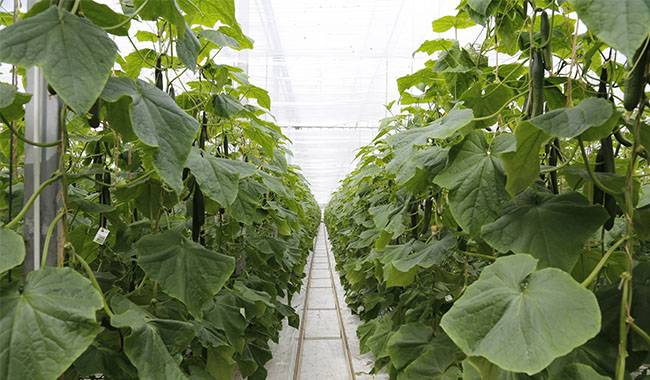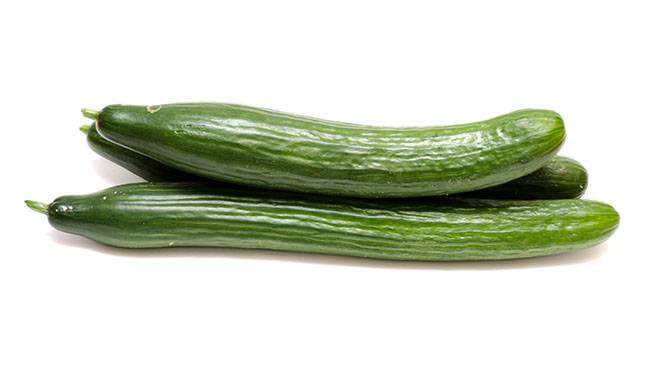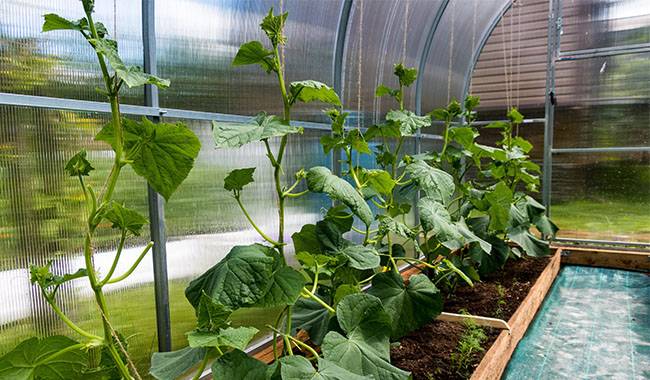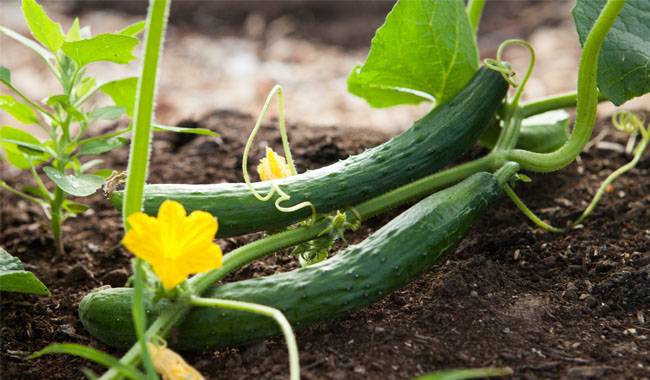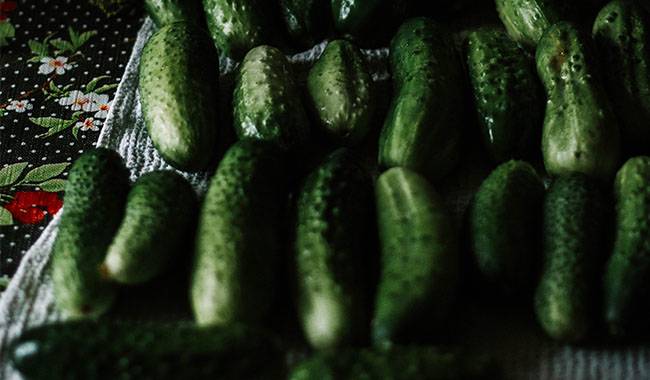
Cucumber, bitter gourd, and tomato are all vegetables that require sunlight. So how to trellis cucumbers for the more leaves exposed to the sunshine, the more abundant the fruit will be. Therefore, the design of the support frame must consider the volume of sunlight so that the leaves attached to it can have Maximum sunshine.
Regarding how to build a shed for cucumbers, the author James of this article has very rich experience in planting cucumbers and bitter gourds. Each of the cucumbers and bitter gourds he grows has a harvest of at least 60% or 70%.
He shared some tips. He likes to use a single-sided fence style shelf to make cucumbers grow like a wall, vines climb on it, and all the leaves have a chance to receive sunlight.
James said that during the cucumber growing period, he would check the growth of the vine every day, trying not to overlap the vines, so as not to have leaves covered by other leaves.
These vines will eventually be guided by him like a peacock on the screen. These vines will grow longer and wider, and higher and higher. He will cut the vines that grow out of the fence.
This kind of fence is very easy to set up. You just need to buy two iron nets to strengthen the concrete floor and erect wooden posts in both directions.
Although this kind of iron net will be damaged, it will soon form a green wall after being overgrown with cucumber vines.
Many people like to erect scaffolds to allow vines to climb to the roof, but this kind of scaffolding will affect the yield of cucumbers because the vines are intertwined on the roof and the leaves are layered on top of each other. Many leaves cannot accept Direct sunlight will not produce much fruit.
James also said that vine-shaped cherry tomatoes are also very suitable for support with this kind of fence. When the stems begin to branch and extend upward, he will use a cotton rope to fix the stems to the iron net and finally form a green wall. , The leaves are evenly irradiated by the sun, and the fruit harvest itself will be particularly good.
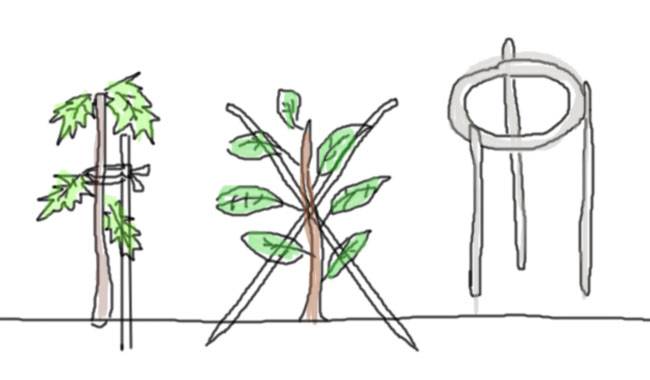
Set up melon sheds, cut skewer, and erect pillars
If the leaves and fruits of vegetables creep on the ground, they are easily attacked by molds and insects.
Therefore, large vines such as cucumber, bitter gourd, and gourd need to be built.
Although the pumpkin can grow long on the ground, if the site is not big enough, you can also build a shed to save space.
Cucumber occupies a smaller area, just set it up. The height of the scaffold is to facilitate picking melons.
Pea, green beans, cowpea, lentils, and other vine vegetables need to be skewered or set up. The height of the skewer is subject to the convenience of picking beans.
Yams also need to be skewered or erected. The method is similar to that of bean skewer and bean rack, except that the height is 2 meters or higher, which will look better and ventilate.
Although sunflowers, tomatoes, and other vegetables are not trailing vegetables, they also need to stand up to prevent them from falling to the ground.
Use a soft cloth strip to wrap tightly around the pillar twice, and then tie it to the main stem of the vegetable to prevent slipping.
Be careful not to let the props press against the branches or fruits. In addition, if the sunflower faceplate is heavy, you also need to use a receptacle to support the faceplate.
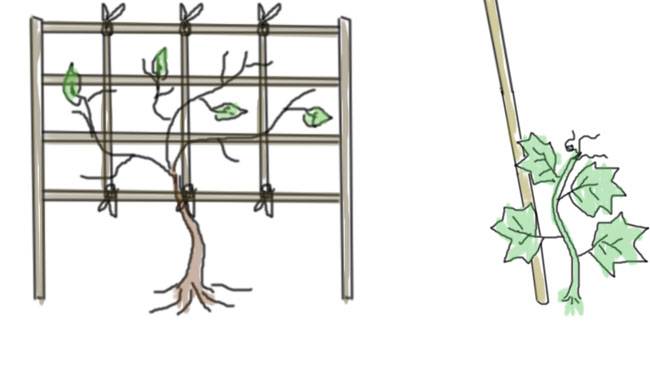
Florida weave is a method often used in farms such as cucumbers and tomatoes. It is used to support rows of tomato plants. The equipment is simple and easy to operate and can be imitated by home gardens.
The commonly used method is to pile up the vertical posts and tie the tomato plants to the trellis separately. This method is time-consuming and laborious. If there are more than 6 trees, it is far inferior to the “subsidiary weaving method”.
If there is often strong wind in the area where you live, it is best to add a pillar between every two trees.
When the tomato plant grows to a height of 1 foot, tie a horizontal double-strand rope between the pillars.
First, tie the rope about 6 inches above the ground on the first column, then wrap it around 6 inches from the second column, and finally wrap it around the first column, tighten it and tie it firmly to form a double-stranded noose, tomato stems It is caught in a double-stranded rope. (figure 1)
After the first noose is completed, every week when you see the tomatoes grow 4 to 8 inches tall, follow the same method to tie the noose, and so on, until the end of the harvest. (Picture 2 and Picture 3)
The branches and stems of the trailing tomato will continue to grow until the frost falls, and you need to climb a ladder to play the high-level noose.
This method can also be used for the cultivation of peppers and other crops.




